Prague - April 5, 2013
Jalila Essaïdi presents really complex project of bulletproof skin called 2.6g 329m/s within the ArtistTalk Symposium at 6th International art - sci - tech biennale Enter 6: Biopolis in Prague, Czech Republic.
2.6g 329m/s are the maximum weight and velocity of a .22 calibre Long Rifle bullet from which a Type 1 bulletproof vest should protect you.
Spider silk thread is relatively much stronger than steel and can even be made by a living being. Woven it would be capable to resist the impact of a bullet, much like a bee on the spider’s web. If human skin would be able to produce this thread, would we be protected from bullets? Together with the Forensic Genomics Consortium Netherlands Jalila Essaïdi takes the acid test: by implanting transgenic spider silk in the human skin and letting a bullet do its work.
By implementing this bulletproof matrix of spider silk produced by transgenic goats in human skin Essaïdi wants to explore the social, political, ethical and cultural issues surrounding safety in a world with access to new biotechnologies. Issues which arise on the basis of ancient human desire for invulnerability. It is legend that Achilles, the central character of Homer’s Iliad was invulnerable in all of his body except for his heel. Will we in the near future due to biotechnology no longer need to descend from a godly bloodline in order to have traits like invulnerability?
With this work Jalila Essaïdi wants to show that safety in its broadest sense is a relative concept, and hence the term bulletproof. The work did stop some partially slowed bullets but not the one at full speed. But even with the skin pierced by the bullet the experiment is still a success. It leads to the conversation about how which form of safety would benefit society.
2.6g 329m/s is made possible through the Designers & Artist 4 Genomics Awards and partly through sponsorship from Fisher Scientific. The project suggests interesting materials research that goes beyond the expertise of the Forensic Genomics Consortium Netherlands and which utilises expertise of the Utah State University, Leiden University Medical Center, the Netherlands Forensic Institute and other Dutch institutions.
- Tags:

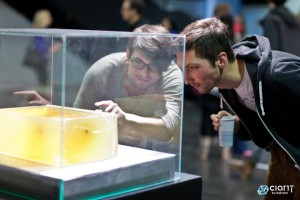
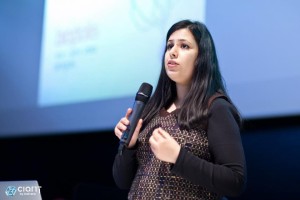
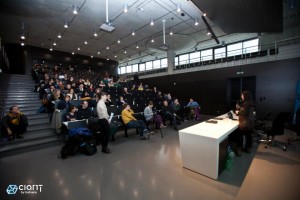

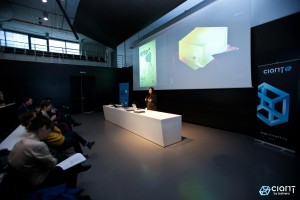
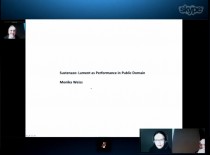
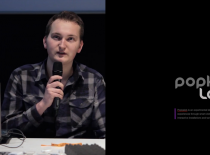
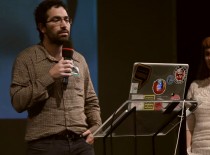
 Copyright © 2025 ARTISTTALK. All Rights Reserved.
Copyright © 2025 ARTISTTALK. All Rights Reserved.
0 Comments
You can be the first one to leave a comment.